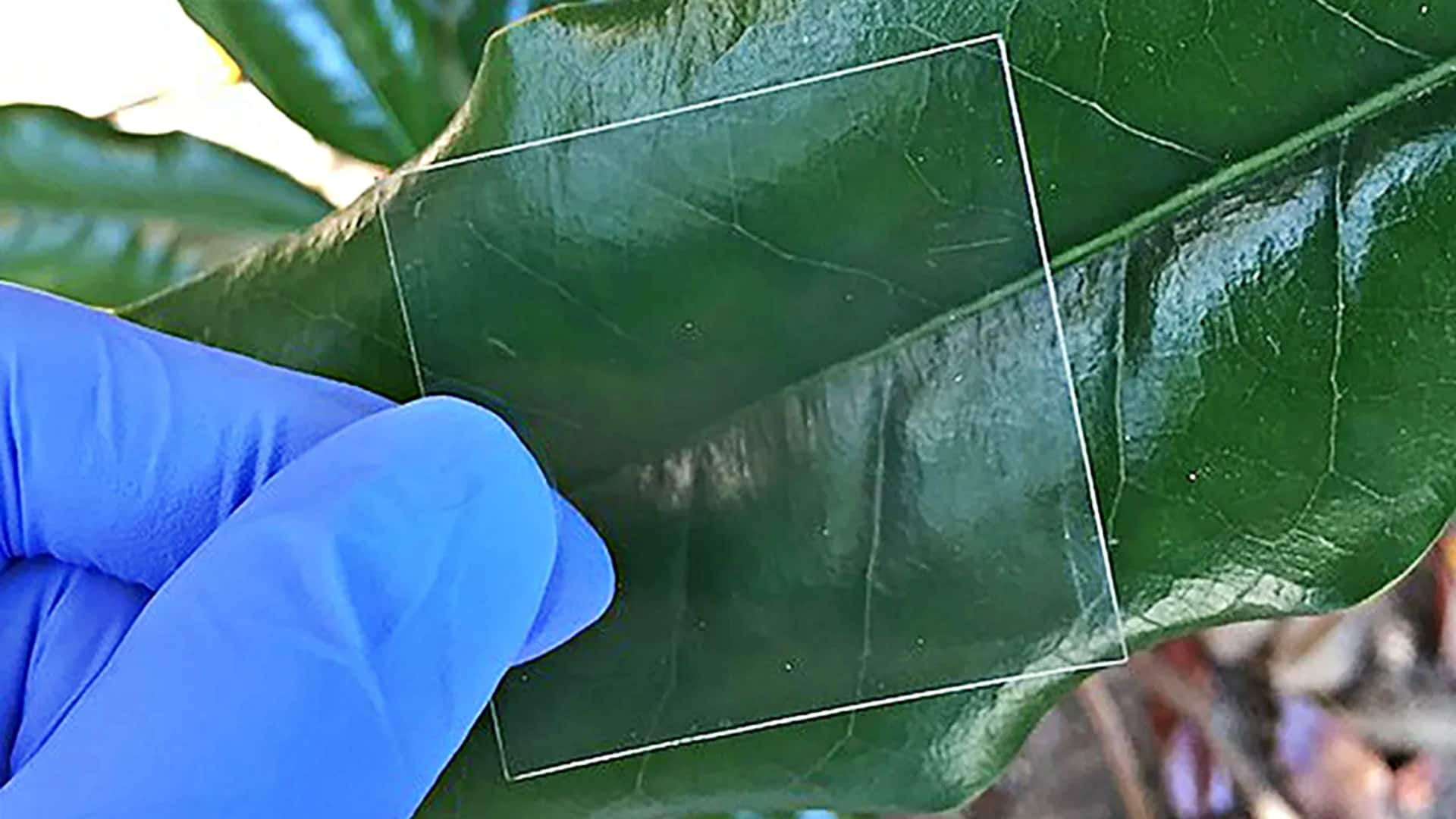
Your next smartphone display might be made of 'transparent' wood
What's the story
For a long time, glass and plastic have been the standard for most device displays, but that might change soon. Researchers from Sweden's KTH Royal Institute of Technology and the University of Maryland are exploring the potential of transparent wood as a substitute for glass and plastic. After years of experimenting with this innovative material, they envision a promising future for it across various applications like smartphone panels and glass for windows.
Details
Science behind transparent wood
Scientific American's report details the work of the researchers. To make wood transparent, the process involves altering or removing lignin, a substance that binds the tube-like cells responsible for transporting water and nutrients throughout a tree. By removing or bleaching the lignin and filling it with epoxy resin, the wood becomes transparent. As per researchers, millimeter-thick sheets of transparent wood allow 80-90% of light to pass through. However, light transmittance starts dropping as the sheet gets closer to a centimeter.
More
Strength and environmental impact
Transparent wood has been found to be three times stronger than Plexiglass and 10 times stronger than glass, making it an excellent alternative for display screens and windows. However, due to the use of epoxy resin, a petroleum-derived plastic product, transparent wood is currently not as eco-friendly as glass. Both research groups are working on more sustainable alternatives, such as hydrogen peroxide with UV radiation and a bio-based polymer made from citrus peels.